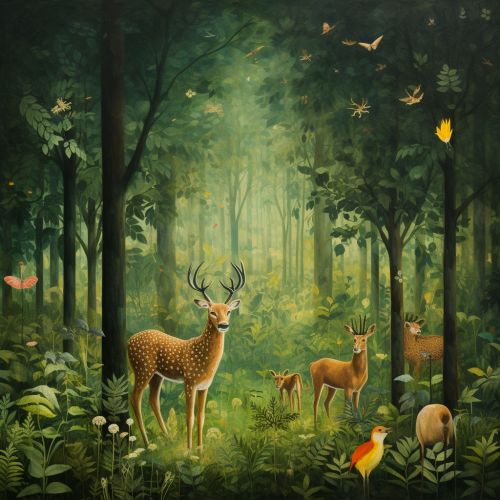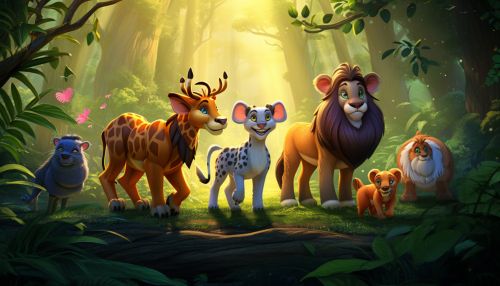Wildlife Conservation
Introduction
Wildlife conservation is the practice of protecting wild species and their habitats in order to maintain healthy wildlife species or populations and to restore, protect or enhance natural ecosystems. Major threats to wildlife include habitat destruction/degradation/fragmentation, overexploitation, poaching, pollution and climate change. Wildlife conservation is a practice that requires strategic planning and implementation. It involves both protection and sustainable use of resources.
Importance of Wildlife Conservation
Wildlife plays a crucial role in maintaining the balance of the earth's ecosystem. They are an integral part of the environment and are essential for the survival of human beings as well. Wildlife conservation is important for maintaining this balance and to ensure the survival of diverse species. This involves the protection of both flora and fauna, and their habitats.


Threats to Wildlife
There are numerous threats to wildlife on a global scale. These threats often lead to a decrease in the population of certain species, and in some cases, may even lead to their extinction.
Habitat Destruction
Habitat destruction is a major threat to wildlife. It is often the result of human activities such as deforestation, urbanization, and pollution. As habitats are destroyed, wildlife species are displaced, leading to a decrease in their population.
Climate Change
Climate change is another significant threat to wildlife. Changes in temperature and precipitation patterns can create conditions that are unfavorable for many species. This can lead to shifts in species distribution and timing of biological events, which can disrupt ecosystems.
Overexploitation
Overexploitation, which includes hunting, fishing, and harvesting at rates that exceed the ability of species to recover, is a major threat to wildlife. This can lead to the decline or extinction of many species.
Conservation Strategies
There are several strategies and methods in place to conserve wildlife. These strategies aim to protect and preserve wildlife for future generations.
Protected Areas
Creating protected areas is one of the most common strategies for wildlife conservation. These areas, such as national parks, wildlife reserves, and marine protected areas, provide a safe space for wildlife to live and reproduce without interference from human activities.
Legislation and Policies
Enforcing legislation and policies is another important strategy for wildlife conservation. This includes laws and regulations that protect endangered species, restrict hunting and fishing, and regulate trade in wildlife products.
Community-based Conservation
Community-based conservation is a strategy that involves local communities in wildlife conservation efforts. This approach recognizes that local communities often have a deep understanding of their local environment and can play a crucial role in conservation efforts.
Conclusion
Wildlife conservation is a crucial practice that is necessary for the preservation of biodiversity and the health of our planet. It is a responsibility that falls on all of us, from individuals to governments, to ensure that future generations can enjoy the rich and diverse wildlife that our planet has to offer.
